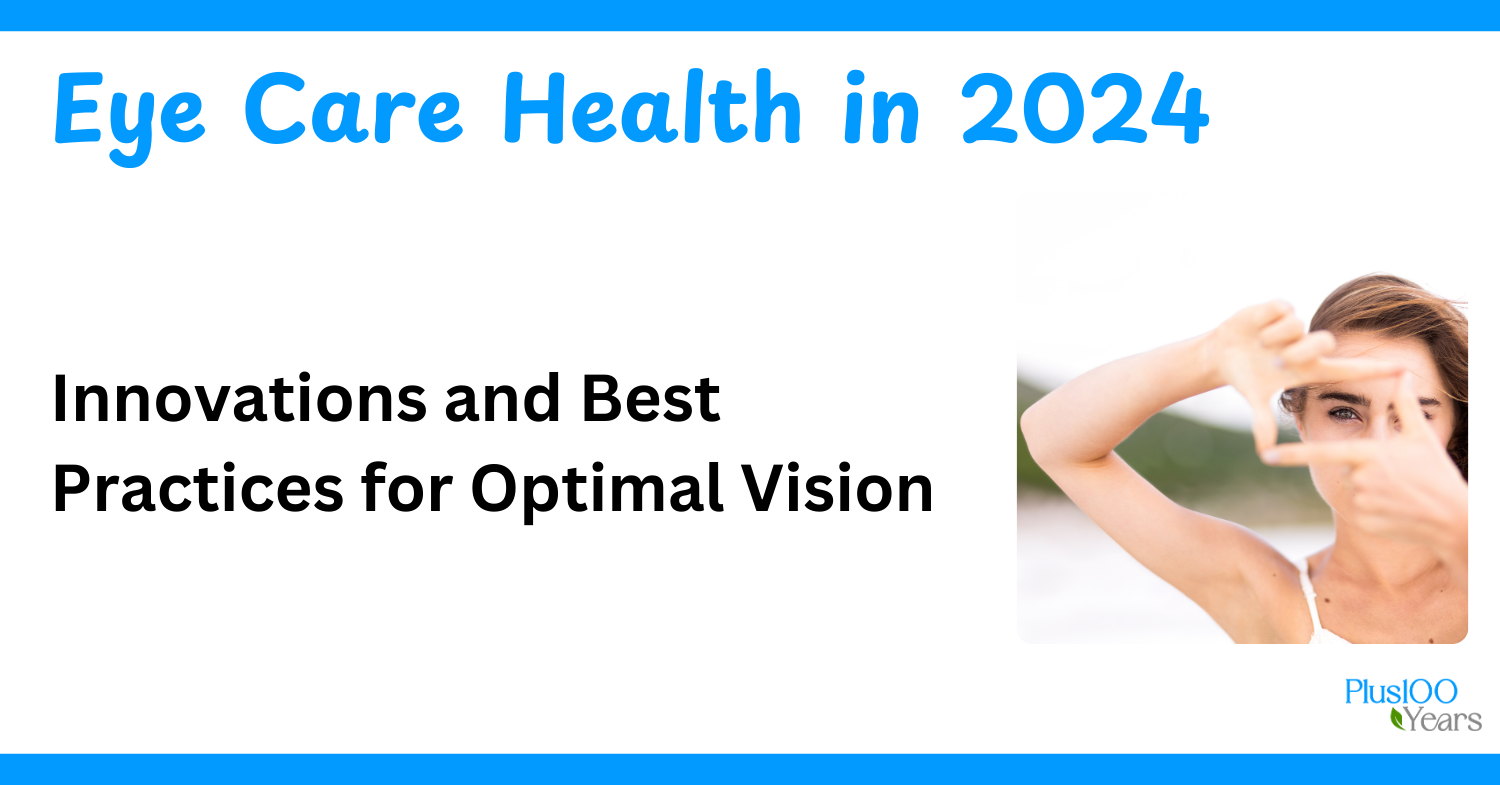
As we navigate through 2024, the field of eye care continues to evolve, bringing with it exciting advancements and essential practices that can significantly enhance our vision and overall eye health.
In a world where screens dominate our daily lives, under Hamilton Eye Institute standing how to protect our eyes has never been more critical.
This article delves into the latest innovations in eye care, practical tips for maintaining optimal vision, and the importance of seeking expert help.
The Current Landscape of Eye Health
Eye care is more than just visiting an optometrist for a prescription. It encompasses a broad spectrum of practices aimed at maintaining and improving vision.
In 2024, the importance of preventive care and early detection cannot be overstated. Conditions such as glaucoma, diabetic retinopathy, and age-related macular degeneration can lead to irreversible vision loss if not addressed promptly.
The Role of Technology in Eye Care
Technology has revolutionized eye care, making it easier for both patients and healthcare providers to monitor and manage eye health. Here are some key innovations that are shaping the industry this year:
1. Telemedicine: The rise of telemedicine has transformed how patients access eye care. Remote consultations allow individuals to connect with eye care professionals from the comfort of their homes.
This is particularly beneficial for those living in remote areas or for individuals with mobility issues.
2. AI and Machine Learning: Artificial intelligence (AI) is increasingly being used to detect eye conditions.
Algorithms can analyze images of the retina, helping to identify diseases such as diabetic retinopathy with remarkable accuracy.
This technology not only streamlines the diagnostic process but also enhances early detection.
3. Wearable Devices: Smart glasses and other wearable devices are becoming commonplace.
These devices not only provide vision correction but can also monitor eye health metrics, reminding users to take breaks from screens and alerting them to potential issues.
4. Advanced Surgical Techniques: Innovations in surgical procedures, such as laser-assisted cataract surgery and minimally invasive techniques for glaucoma treatment, are providing patients with quicker recovery times and improved outcomes.
Best Practices for Eye Care
With advancements in technology, maintaining eye health also relies heavily on individual responsibility and proactive habits. Here are some best practices to incorporate into your daily routine:
1. Regular Eye Examinations
No matter your age or current eye health, regular eye exams are crucial. These check-ups not only assist in updating your prescription but also play a vital role in identifying conditions that might not show symptoms right away.
Eye care professionals stress the significance of routine evaluations to catch potential problems early on.
2. Protect Your Eyes from UV Rays
Sun exposure can lead to various eye conditions, including cataracts and macular degeneration. Wearing sunglasses that block 100% of UVA and UVB rays is crucial, even on cloudy days. Polarized lenses can reduce glare and enhance comfort, especially for outdoor activities.
3. Maintain a Healthy Diet
A diet rich in antioxidants can contribute significantly to eye health. Foods high in vitamins C and E, zinc, and omega-3 fatty acids—such as leafy greens, fish, nuts, and citrus fruits—can help protect against age-related eye diseases.
Additionally, staying hydrated is vital for maintaining optimal eye moisture.
4. Follow the 20-20-20 Rule
For those who spend long hours in front of screens, the 20-20-20 rule is a simple yet effective practice.
Every 20 minutes, take a break and look at something 20 feet away for at least 20 seconds. This helps reduce digital eye strain, a growing concern in our screen-centric world.
5. Limit Screen Time
While it’s not always possible to reduce screen time, especially with work and social obligations, being mindful of usage can help.
Try to incorporate breaks and engage in activities that don’t involve screens, such as reading a book or spending time outdoors.
6. Stay Active
Regular physical activity has been shown to reduce the risk of developing eye diseases. Exercise improves blood circulation, which in turn enhances oxygen flow to the eyes and helps maintain overall health.
7. Avoid Smoking
Smoking is detrimental not only to lung health but also to eye health. It increases the risk of developing cataracts, macular degeneration, and optic nerve damage. Quitting smoking can significantly lower these risks.
The Importance of Specialized Eye Care
While general practices can go a long way in maintaining eye health, specialized care is sometimes necessary.
Conditions like glaucoma, diabetic retinopathy, and retinal detachment require expert intervention.
Seeking Help Early
Don’t wait for symptoms to appear before seeking help. Many eye conditions can develop silently, making regular check-ups and consultations with eye care professionals essential.
If you notice changes in your vision, such as blurriness, floaters, or difficulty seeing at night, it’s important to schedule an appointment as soon as possible.
Conclusion
In 2024, eye care is more accessible and advanced than ever before.
By understanding the latest innovations and committing to best practices for eye health, individuals can protect their vision and enhance their quality of life.
Regular check-ups with experienced professionals are key to navigating the complexities of eye health. With proactive measures, you can ensure that your eyes remain healthy and vibrant for years to come.
Incorporate these practices into your daily routine and stay informed about the latest advancements in eye care to maintain your vision and overall health.
The future of eye care is bright, and so should be your vision!
Add new comment